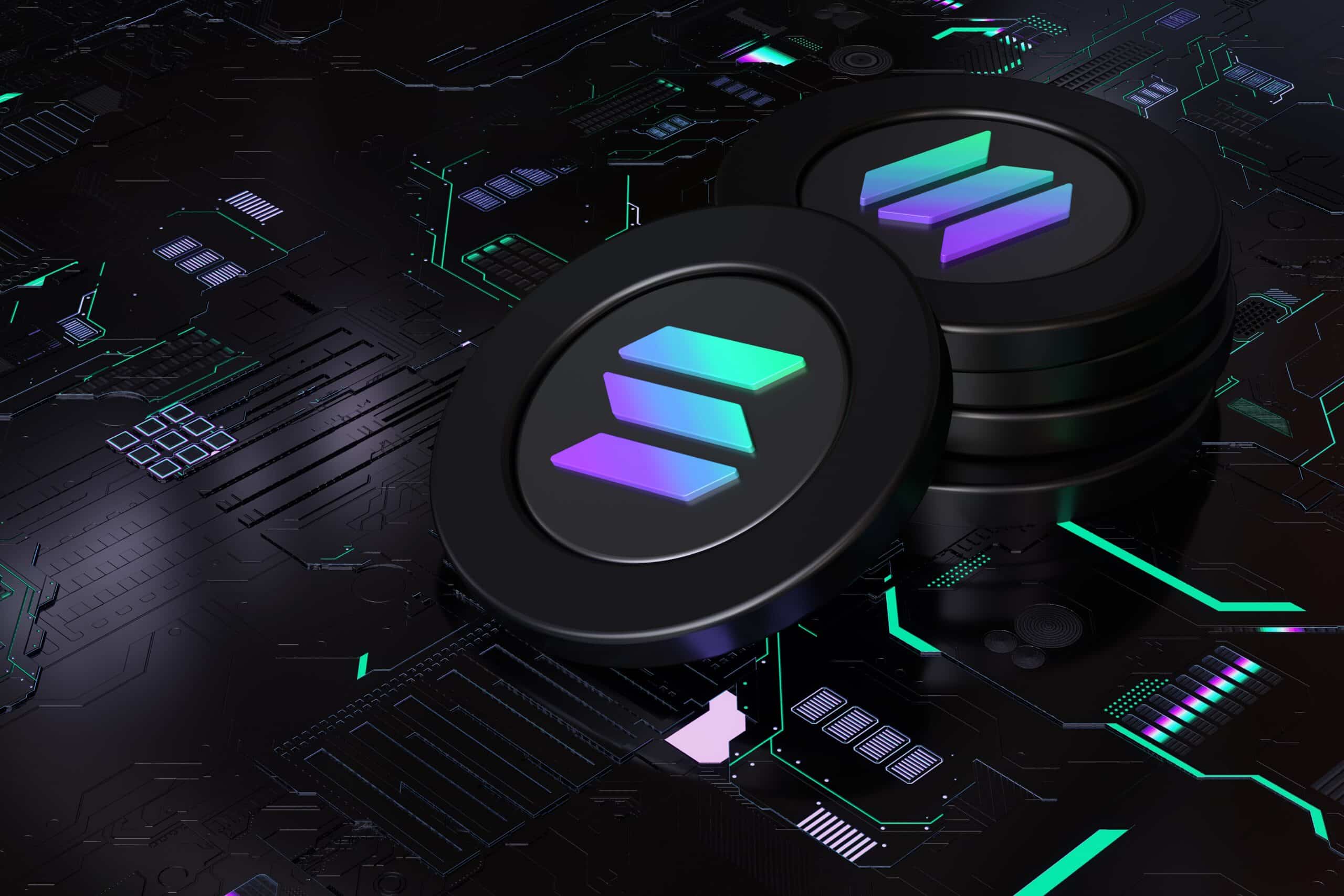Solana’s liquid staking ecosystem is expanding, with new big players entering the scene.
On Thursday, three centralized exchanges—Binance, Bybit, and Bitget—each teased new liquid staking tokens (LSTs), which would allow holders to earn yield on their SOL securing the Solana blockchain while still maintaining the ability to participate in decentralized finance activities such as lending and borrowing.
The liquid staking ecosystem on Solana has more than doubled year-to-date from a total value locked (TVL) of $1.9 billion on Jan. 1 to $4.1 billion at the time of writing, with three protocols—Jito, Marinade, and Sanctum—having a nearly 77% share of the total market, according to blockchain analytics firm DefiLlama.
On X, Sanctum hinted that it was playing a role in the launch of Binance’s BNSOL and Bybit’s BBSOL, by using a handshake emoji in response to Binance’s announcement and saying in light of Bybit’s reveal how it is “ready to help this bbSOL grow big and strong.”
Sanctum’s governance token CLOUD has increased over 40% since the announcements, jumping from 16.9 cents to as high as 25 cents, before settling at 22.5 cents at presstime, per CoinGecko.
Solana’s Burgeoning Liquid Staking Sector
The advent of more players entering into Solana’s liquid staking ecosystem highlights how the young LST market on Solana is on its way to maturing. Marinade, the second-largest liquid staking provider on Solana with a TVL of $745 million, introduced its LST in 2021, while Jito, the largest provider with a TVL of nearly $2.9 billion, launched its mainnet in late 2022.
But total liquid staking, which first emerged on Ethereum when Lido Finance rolled out its LST in 2020, has a TVL of $42.5 billion. Of that, Ethereum commands an 83% market share, multiples of Solana’s 9.6%.
Jito Foundation contributor Andrew Thurman added, “around 40% of staked ETH is liquid staked. Only 6% of staked SOL is liquid staked.” In a message to Unchained over Telegram, Thurman wrote, “I expect those numbers to come closer together, which is to say Solana liquid staking has plenty of room to grow and can accomodate [sic] many offerings.”
The three exchanges potentially rolling out Solana LSTs is a “big deal,” said Lucas Kozinski, founding contributor of Ethereum restaking protocol Renzo, in a Telegram message. “It shows that some of the fundamental infrastructure and products that we’ve had on Ethereum are just beginning to launch on Solana,” Kozinski wrote, adding that the products will help onboard their users to Solana-native DeFi.
“Solana’s staking ecosystem has been expanding rapidly over the past years, with the likes of Jito, and more recently Sanctum, entering the foray,” Jacob Joseph, research analyst at crypto analytics provider CCData, said in an email to Unchained, adding that this “shows the increased attention that is being received by Solana.”
LST Launch to Increase Revenue
As to why these exchanges are becoming active players in Solana’s LST ecosystem, one reason may be that new LSTs are “additional products they could offer their users to earn additional rewards of which they capture fees,” said Kozinski.
Binance, which has the third-largest LST by market cap BETH, applies a 10% fee on ETH staking rewards. Per its support page, the 10% fee contributes to covering the operational costs, such as hardware and network upkeep for its validator nodes.
Read More: Lido’s Staked ETH Has Grown Year-To-Date – But its Market Share Has Dropped
Suki Yang, the co-founder of Solana-based memecoin platform LMAO and a data scientist at venture firm Electric Capital, shared a similar sentiment. “Imagine if users use Solana liquid staking tokens on exchanges natively, then all Binance has to do is take a cut from the returns generated by the liquid staking tokens… it’s strictly in their own benefit to do so [i.e. roll out a LST],” Yang told Unchained.
Keep SOL on Exchanges
Another possible reason these Asian centralized exchanges want to launch LSTs is to keep as much SOL as possible on their platforms.
According to Yang, exchanges are like investment banks by optimizing for two metrics: trading volume and assets under management (AUM). By offering their own LSTs, exchanges enable users to stake their SOL right on the exchange, without needing to withdraw it to do so. Holders of these exchange-issued LSTs can move them off exchanges, while the exchanges themselves keep the native SOL on their venues.
Without the LSTs, exchanges can’t accrue value when tokens leave their holdings. Plus, more assets living on their platform means a higher AUM, which increases the firm’s trust, appeal, and financial valuation.
Read More: Has Decentralized Finance Hit Bottom?
Binance’s net balance of SOL composed of customer deposits and third-party custody as of August 1, 2024 stands at 33.1 million SOL worth about $4.7 billion and about 7% of the token’s circulating supply. On the other hand, Bybit has a balance exceeding 2.6 million SOL representing roughly $375 million at current prices.
Binance, Bybit, Bitget, and Sanctum did not immediately respond to Unchained’s request for comment.



